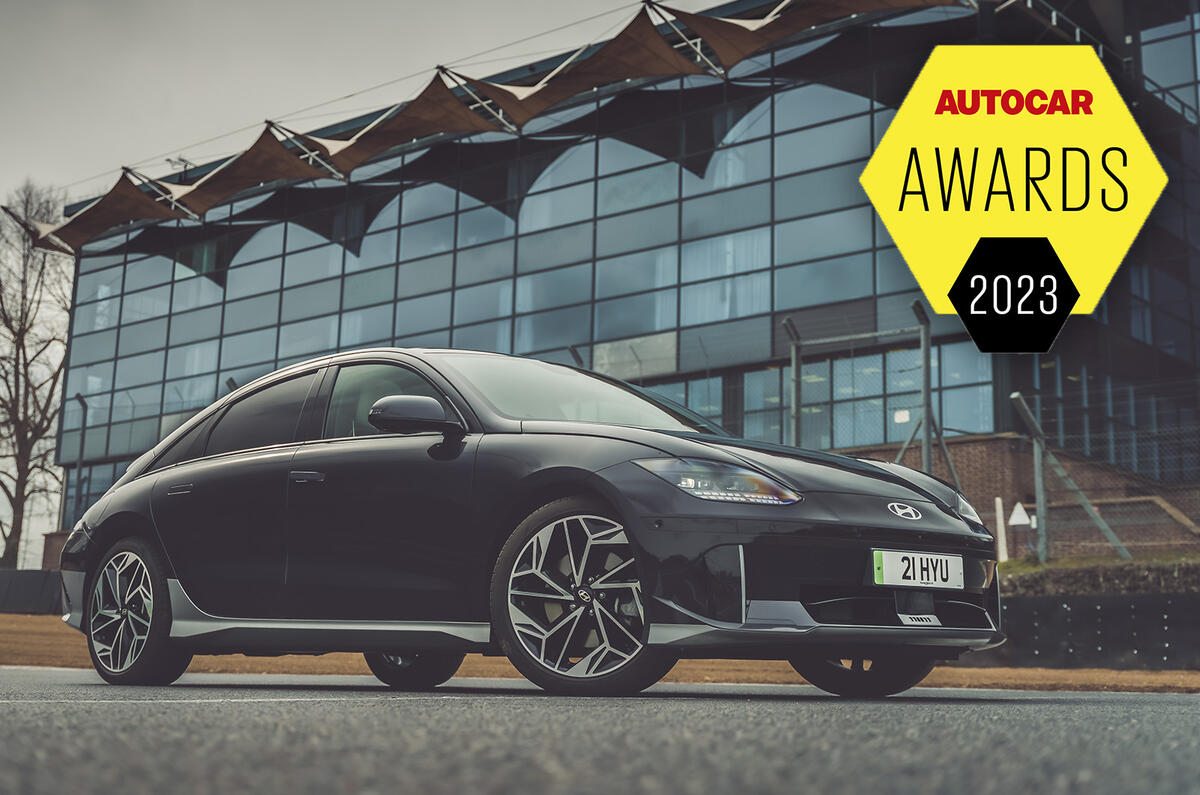It ought to be unsurprising that Hyundai’s second flagship EV, the Ioniq 6, surprises with its looks.
Thanks in part to the firm’s design director SangYup Lee, who received last year’s Design Hero award, Hyundai has in recent years become one of the most innovative car companies when it comes to styling. It has built up a mainstream range of good-looking cars, but its EVs are where it really stretches out.
The Ioniq 6’s streamliner looks won’t please everyone, but no one could ever accuse it of being bland.
First came the Hyundai Ioniq 5, which questioned whether an SUV actually needs to look like an SUV, and introduced a new brand of retro-futurism that has clearly struck a chord with buyers.
But while most of Hyundai’s range (and most other manufacturers’ model ranges) becomes ever more SUV-heavy, the Korean manufacturer has decided to embrace the traditional saloon and has done so with un-traditional means.
In some ways the Ioniq 6 is quite old-fashioned, being a four-door saloon with a boot lid that is laser-focused on streamlining and aerodynamics. At the same time, it is a cutting-edge EV offering 800V architecture, ultra-fast charging, a large battery, good mechanical efficiency and a class-leading range as a result.
The Ioniq 6 then, is not just a design exercise. With its low coefficient of drag of 0.21, it breaks the EV industry’s vicious cycle of larger size, bigger batteries and increasing weight. Instead, it starts a virtuous one of increasing range with better efficiency and does it with flair.
Tesla would argue that its Model 3 has been doing much the same thing since 2017 (2019 in the UK) and that the dual-motor Long Range model’s range exceeds the UK Ioniq 6’s range by 36 miles. We wouldn’t necessarily disagree – it’s why we gave the Tesla Model 3 this award last year.
However, the Hyundai does it with so much more verve, from the exterior style to the interior which is unmistakeably modern, yet retains the warmth, intricate design and traditional ergonomics that the Tesla lacks.
The Ioniq 6’s more traditional feel extends to the way it drives, with the kind of calm steering, mostly pliant ride and easy configurability to its powertrain you’d expect from a volume carmaker.
The ride over rough surfaces on the standard 20in wheels leaves something to be desired, so we’d love to see Hyundai offer the aerodynamic 18in wheels that are available in other countries, particularly as they increase the range to 382 miles.









Add your comment